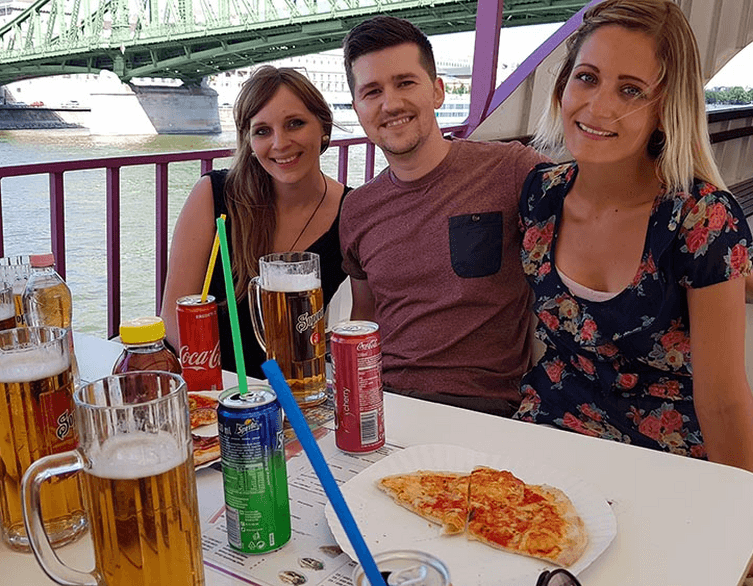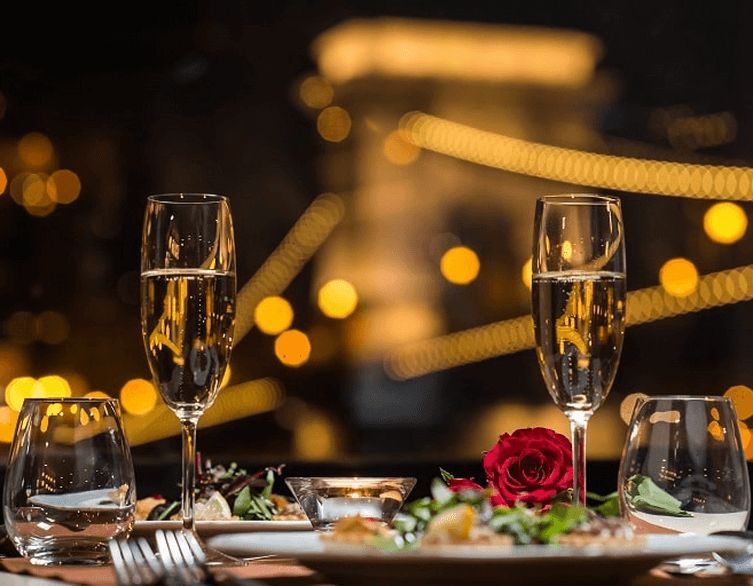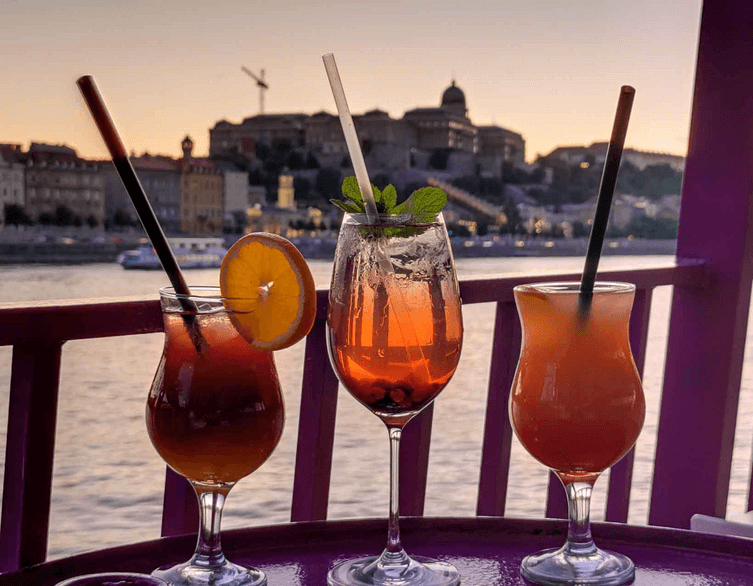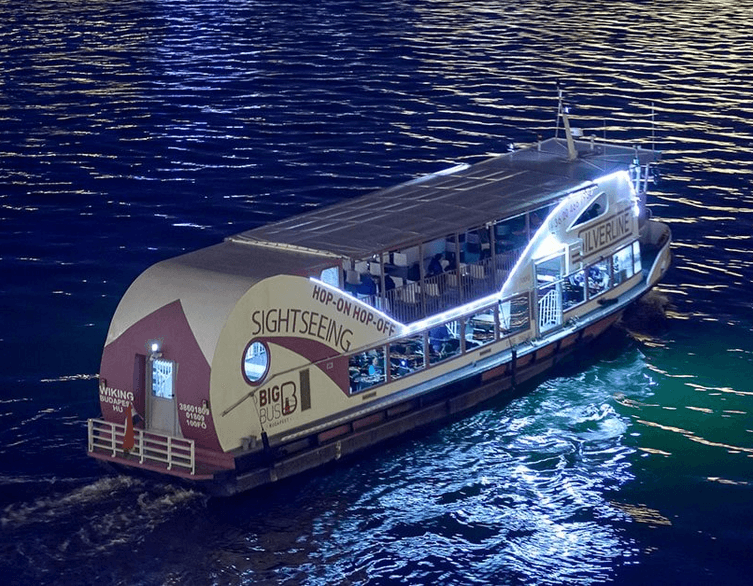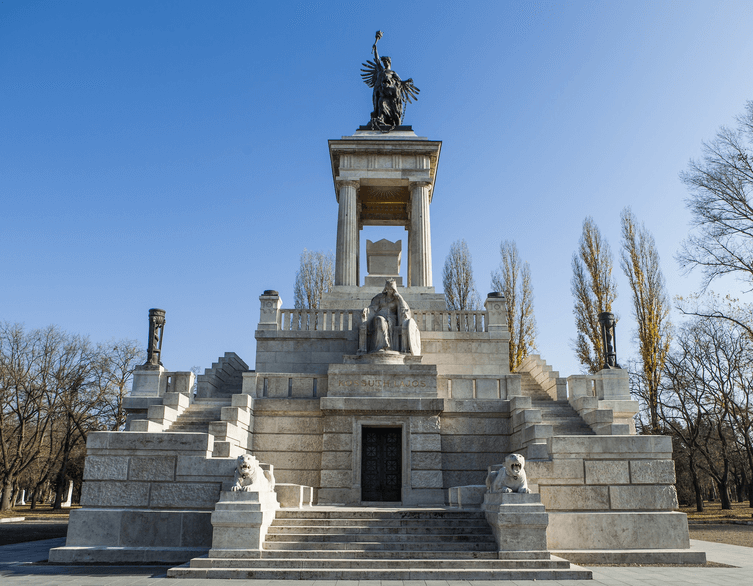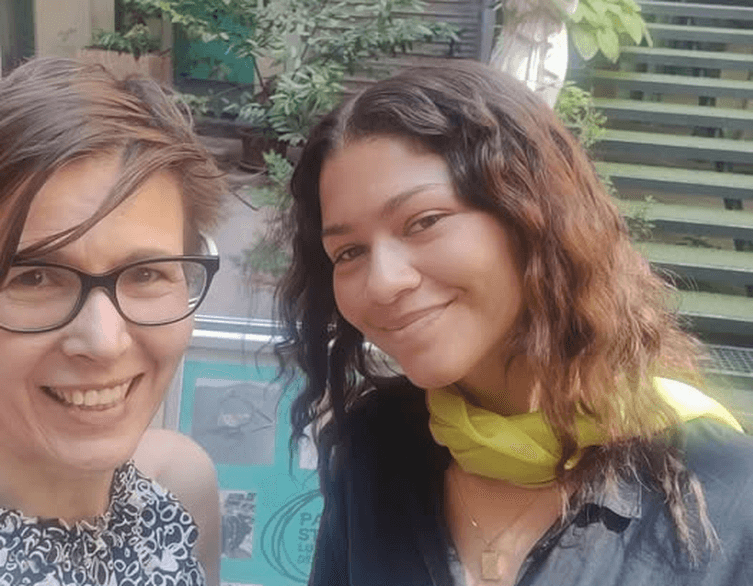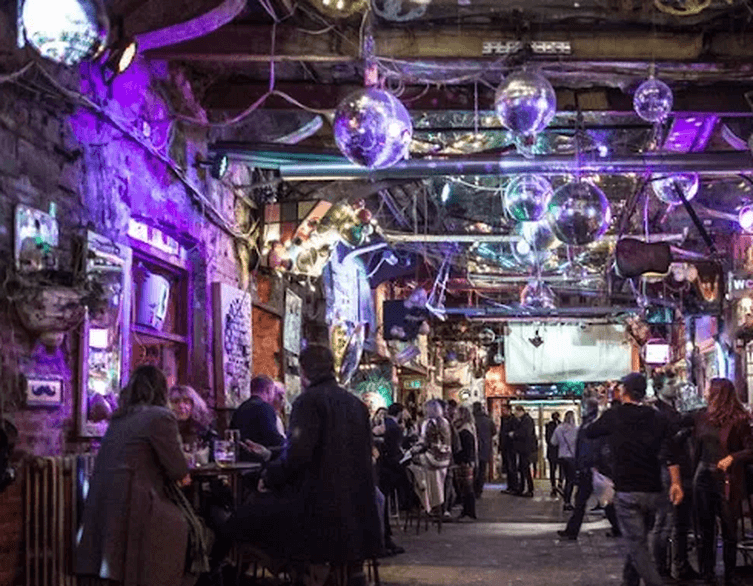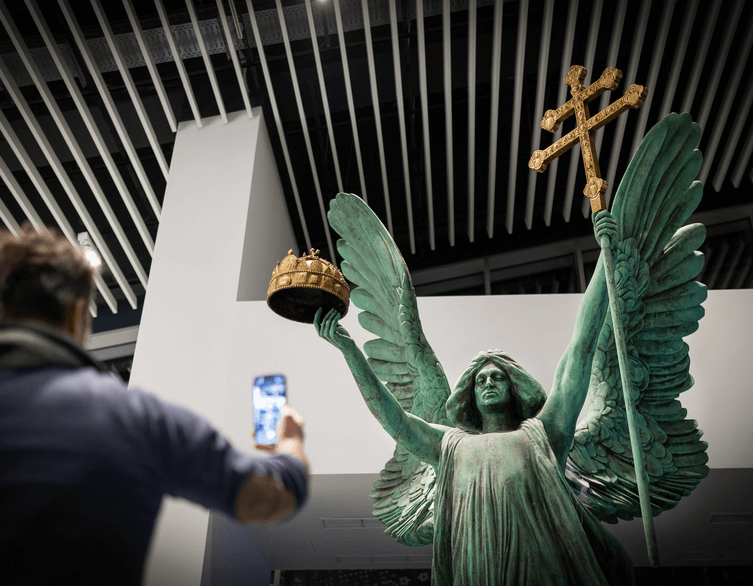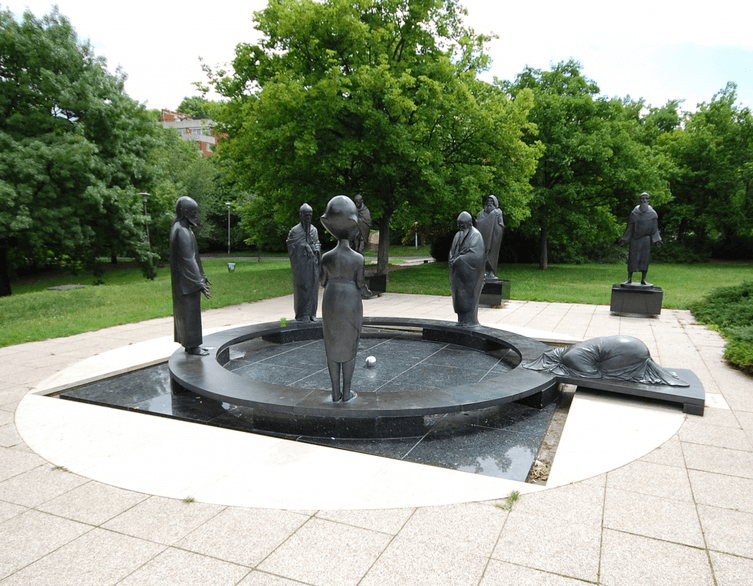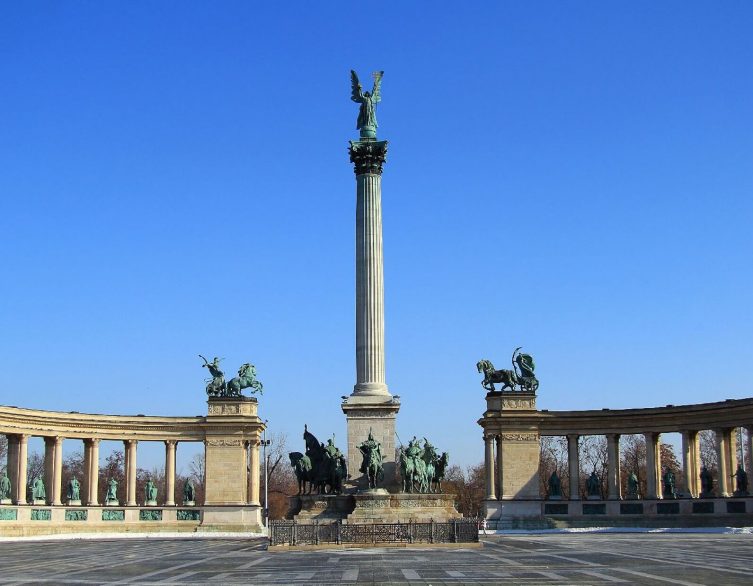Skip Váci Street: 5 Secret Budapest Spots Only Locals Know (and Love)
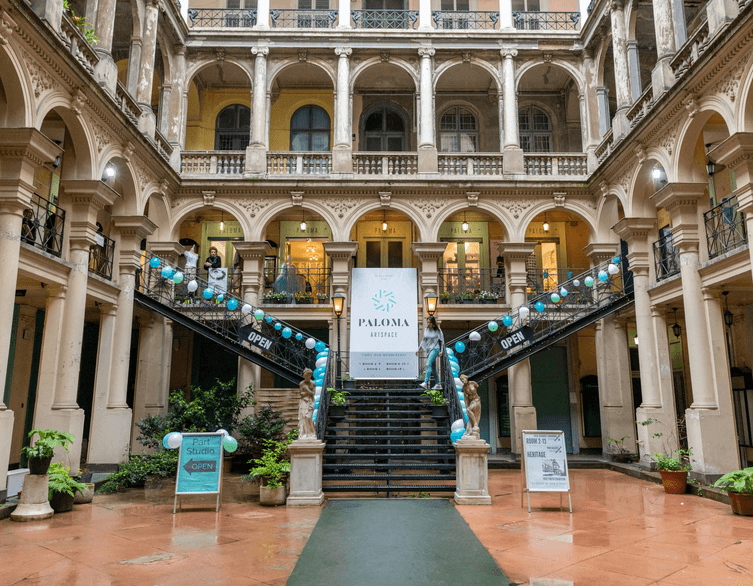
Imagine that you’re shuffling along Váci Street, squeezed between tour groups like a sardine in designer jeans, staring at the same global brand stores you could find in Milan or Berlin. Selfie sticks multiply like rabbits at Fisherman’s Bastion, where getting that perfect Instagram shot feels like a contact sport. And there’s always that “traditional Hungarian restaurant” with checkered tablecloths, astronomically priced lukewarm goulash, and an aggressive menu-waver at the door trying to herd you inside like cattle.
Many visitors think this is Budapest. They’re wrong. This is just the stage set – an expensive and often soul-crushing tourist theme park that has about as much to do with real Budapest as a frozen pizza has to do with Naples.
The real Budapest doesn’t live here. The authentic city breathes in side streets, hidden courtyards, and jealously guarded corners that locals keep mostly to themselves. This article rips away that glittering but fake facade and invites you on a different kind of journey – one where we swap clichés for genuine experiences. We’re pulling back the curtain on five popular tourist traps and offering five authentic hidden gems where actual Budapestians go to recharge, eat, and enjoy their city.
The Panorama Battle: Why Pay for What You Can Get for Free?
The Buda Castle and Fisherman’s Bastion are undeniably jewels in the city’s crown, offering some of the most stunning Danube views imaginable. But here’s where the tourist trap sneaks in: they charge a seasonal entrance fee for parts of the upper promenade. It’s a completely unnecessary waste of money. The experience gets crushed under crowds, and the view from the paid sections offers absolutely nothing more than what you can see from the free areas. The elbow-throwing competition for the “perfect photo” and the illusion of those paid gates strip away the location’s true magic.
For a truly breathtaking and peaceful panorama, you need to climb a different hill. Tucked into the slopes of Gellért Hill is the Philosophers’ Garden – a lesser-known, tranquil, and meditative park. You won’t encounter tour buses here. Just a few benches, a stunning sculpture group depicting the meeting of Prince Peace and Buddha, and perhaps the city’s most beautiful face spread out before you. From here, you get a perfect view of Elisabeth Bridge, the Danube, Parliament, and even Buda Castle itself. Crowd-free, completely free to enter, and incomparably more intimate. It’s the ideal spot for a sunset picnic where you can actually hear and feel the city’s heartbeat.
Real Flavors Instead of Gastro-Traps: Where Locals Actually Eat
The Castle District and downtown area, especially around Váci Street, overflow with places sporting “Traditional Hungarian Restaurant” signs. The checkered tablecloths, the pushy greeter at the entrance, and the multi-language menu illustrated with photos are all warning signs. These establishments often sacrifice quality on the altar of volume, serving up gullible visitors on an assembly line and offering an overpriced, forgettable experience instead of authentic flavors. The “Goulash Soup” here rarely earns an approving nod from actual Hungarians.
If you’re craving genuine, unadulterated Hungarian tastes, seek out the market halls – but not necessarily the tourist-targeted upper floor of the Great Market Hall. Instead, head to Klauzál Square Market Hall in the heart of the Jewish Quarter, or cross to the Buda side and visit Fény Street Market. On the upper levels of these markets, tiny eateries and buffets hide away. These weren’t designed for tourists. This is where locals eat – the office workers from nearby, the market vendors themselves. Try a fresh lángos (fried dough), a steaming plate of vegetable stew with meatballs, or honest-to-goodness breaded meat. The ingredients are fresh, the prices are a fraction of downtown costs, and the experience is 100% authentic.
Beyond Ruin Bar Mainstream: Seek Out the Hidden Courtyards
Budapest’s ruin bars, like Szimpla Kert or the Instant-Fogas complex, have achieved worldwide fame, and their historical significance in shaping the city’s nightlife is undeniable. However, during peak hours, these places now resemble overcrowded amusement parks filled with foreign bachelor parties rather than the relaxed, community spaces they once were. Waiting at the bar can feel like an eternity, drink prices reach stratospheric levels, and genuine conversation becomes nearly impossible over the noise.
If you’re after the original charm of ruin bars and the unique atmosphere of old Pest tenement buildings, point yourself toward the Palace Quarter in the 8th district. The streets around Mikszáth Kálmán Square – like Krúdy Gyula Street or Bródy Sándor Street – overflow with wonderful inner courtyards and cafés and bars tucked into the ground floors of historic palaces. Places like Lumen or Fekete don’t cater to masses. Here you can sip quality coffee, craft beer, or a glass of wine in peace, beneath the shade of chestnut trees, far from the party district’s madness. This is where you’ll find that slower pace and authentic Pest atmosphere.
Best deals of Budapest
Living History Instead of Obligatory Sights
Heroes’ Square is an impressive sight. Most tourists, however, just “tick it off” their list: hop off the bus, snap a quick selfie with the Archangel Gabriel statue, then rush onward to City Park. They don’t understand the location’s true significance, don’t examine the statues of the kings, don’t absorb the square’s monumentality. It’s just another “check” on the list, a mandatory element to complete. This kind of tourism steals the joy of discovery.
If you want genuine living history and an incredible yet peaceful experience, visit Fiumei Road Cemetery (officially Kerepesi Cemetery). This isn’t just a cemetery – it’s one of Europe’s largest and most beautiful national burial grounds, a massive arboretum, and an open-air historical museum rolled into one. Here rests the cream of Hungarian history, literature, and art: Lajos Kossuth, Ferenc Deák, Endre Ady, Mór Jókai, and the list goes on. Walking among the enormous, artistically crafted mausoleums (like that of Ábrahám Ganz) and the beautiful tree-lined boulevards tells you more about the nation’s past than any crowded exhibition could.
See the City from Its Soul: Skip the Bus, Take the Danube
Tourist buses will dutifully cart you around on a round trip to check off all the obligatory sights – Parliament, Opera House, Basilica, rinse and repeat. You’ll see everything through a window, sandwiched between strangers, listening to canned commentary through crackling headphones. It’s efficient, sure, but it’s about as memorable as watching a slideshow of someone else’s vacation photos.
Here’s a better idea: see Budapest from a completely different perspective – from the Danube itself. The river isn’t just a pretty backdrop; it’s the city’s soul, the liquid thread that ties Buda and Pest together. Several river cruises offer experiences that range from simple sightseeing to full-blown culinary adventures. You can choose from daytime cruises with drinks included, evening sailings with mulled wine warming your hands as the city lights up around you, dinner cruises serving traditional Hungarian dishes, and even music cruises where live performances accompany your journey past illuminated landmarks. Watching Parliament’s golden dome glow against the night sky while you’re floating on the water, glass in hand, beats any bus tour by miles. It’s relaxing, romantic, and gives you a perspective of the city that most visitors miss entirely.
Váci Street’s Real Alternative: Where Culture and Design Meet
Finally, let’s circle back to our starting point: Váci Street. Why is it a trap? Because it offers nothing unique. Mass-produced “Made in China” souvenirs (seriously, why are they selling matryoshka dolls in Budapest?), the same fast fashion chains you’d find in any European city. This is globalization’s boring main street, not a home for local culture. Even the upper souvenir level of the Great Market Hall overflows with questionable-quality trinkets.
For real, creative, and vibrant Budapest, you need to cross over to Buda and head to Bartók Béla Avenue. This boulevard stretching from Gellért Square to Móricz Zsigmond Roundabout has grown into one of the city’s most exciting cultural arteries in recent years. Independent galleries, tiny shops of Hungarian designers, small publishers’ bookstores, and atmospheric specialty coffee shops (like Hadik or Kelet Café) alternate along the street. If you’re hunting for unique souvenirs or gifts genuinely created by local artists, you’ll find them here. This street lives, breathes, and pulses with creative energy.
But the real treasure hunt happens when you venture into Budapest’s hidden inner courtyards and small side streets in Pest. Behind unassuming doorways and through centuries-old archways, entire creative universes hide from the tourist crowds rushing past on the main boulevards. One absolute gem is Paloma Artspace, tucked inside a peaceful 19th-century courtyard at Kossuth Lajos utca 14-16, just minutes from Astoria. Step through the entrance and you’ll discover a winged staircase opening between elegant arches, leading to a network of micro-boutiques where over 100 local Hungarian designers showcase their handcrafted creations. Here you can chat directly with the artists themselves, browse hand-thrown ceramics, minimalist jewelry, locally designed fashion, and limited edition art prints – each piece telling its own story. Unlike the mass-produced junk on Váci Street, these are authentic souvenirs made with passion and creativity that truly capture Budapest’s artistic spirit.
The Real Magic of Budapest
Budapest’s true magic doesn’t live in the shop windows – it hides in the details. Want panoramic views without crowds? Head to the Philosophers’ Garden. Craving real Hungarian flavors? Find the market eateries. Looking for a cozy evening beyond the ruin bar noise? Explore the Palace Quarter’s inner courtyards. Interested in living history? Take a stroll through Fiumei Road Cemetery. Want to see the city from its most beautiful angle? Skip the tour bus and cruise the Danube. Shopping for unique souvenirs? Bartók Béla Avenue is your destination.
Dare to leave the designated tourist routes and abandon the tour groups. The city’s best experiences wait for you where you least expect them. You just need to start walking with open eyes and an adventurous spirit. The real Budapest has been waiting for you all along – not in the postcard views, but in the quiet corners where locals live their everyday lives. That’s where the city reveals its true character, and trust me, it’s infinitely more interesting than anything you’ll find on Váci Street.
Related news
Related attractions



